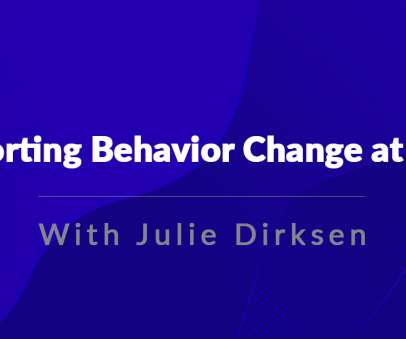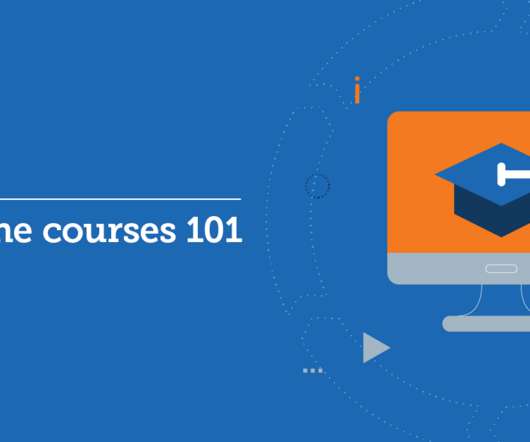Understanding the basics of Revised Bloom’s Taxonomy application in eLearning
Adobe Captivate
APRIL 24, 2018
While the usage of Bloom’s Taxonomy (BT) to nail the learning outcomes has been used for training over several decades, the Revised Bloom’s Taxonomy (RBT) brings in an added dimension that enables it to be used more effectively to design eLearning. The Bloom’s Taxonomy was revised by Lorin Anderson and others.




































Let's personalize your content